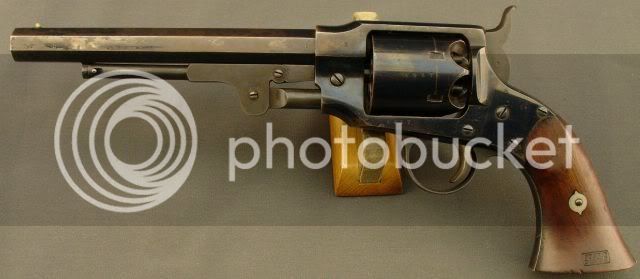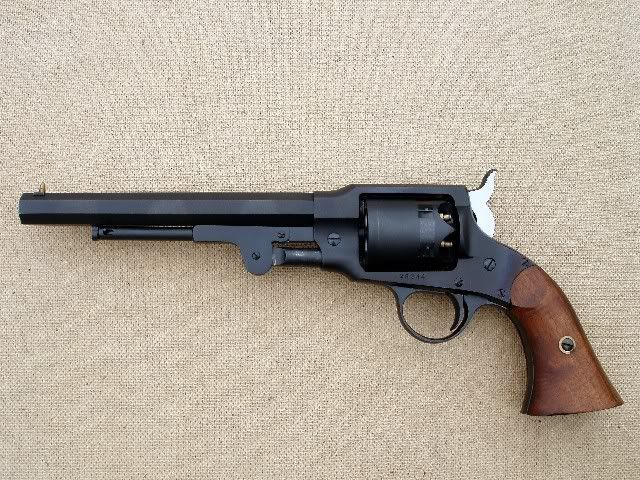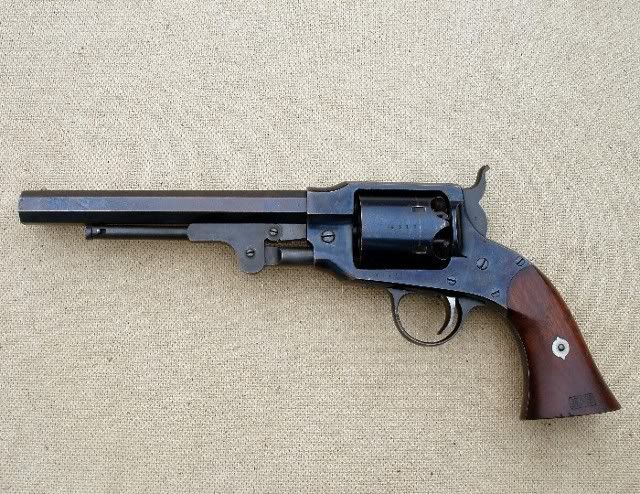I am a member of the N-SSA and shoot a lot of civil war firearms, several of which are original. I do own some guns that have just become to valuable to shoot, although I still shoot them now and then. The ones that I do shoot a lot needed work when I got them and thus have much less collector value, we call them shooters. Many old Civil war muskets were bored out and /or had their stocks and barrels cut down and used as shot guns after the war and can be picked up cheep, or at least cheeper than a mint intact musket. I have had barrels re-lined and rebult locks and pieced stocks back together. The end result is a real nice shooting original (for the most part) firearm.
I also shoot an original 1860 Colt army revolver. There are a lot of these floating around (like mine) that have mis-matched numbers, and therefore are shuned by collectors, but make great shooters. I have always liked old Colts, and am always getting razed by my teammates about the "weeker Colt" and all its problems as compared to the Remington's or Rogers & Spencer. One of the things I have learned from shooting an original anything is how bad some reproductions are made. This could not be any truer then with a Colt. As a matter of fact, I think many problems that Colts have are because people only have reproductions to judge them by. When you shoot a properly working original Colt you will notice a lot of difference. The first of which is a very strong main spring. This helps the hammer stay down after firing and thus keep the spent caps from getting jamed under it, and even if they do, it has enouhg power to crush them and still fire the next round.The hammer is as hard as a rock and will hold the same trigger pull for a long long time. The nipples are the right size, so the hammer doesn't beat them to death. You can tap the barrel wedge in tight and not lock up the cylinder.The barrel, on the 1860, has gain twist rifling, and best of all the loading stays up, by itself.
Don't get me wrong, I own my share of reproductions. My favorite is my Walker, you won't find an original one of these cheep at a gun show, if you find one at all, and after some work it now shoots great. I'm glad that there are companies making repo's, and for the price for the price they sell them. I'm sure they know that thest guns will not be used every day and that is why they pay more attention to finish then fit.
I hope I didn't bore you with my rambling. just my two cents.









